AO Edited
Portobello Bottle Kilns
The last remaining bottle-shaped kilns in Scotland stand alone in an Edinburgh suburb.
In 1739, the British Navy won a victory over Spain for control of the town of Portobelo, Panama. The victory was celebrated to such a degree it led to the naming of many things throughout the British Empire: a road in London, colonial estates in the United States, a peninsula in New Zealand, and a Scottish beach town that has since become engulfed by the urban sprawl of Edinburgh.
During the early years of the Industrial Revolution in the 18th century, the fast-growing town of Portobello became the site of many manufacturing industries, such as brickworks, saltworks, and glassmaking. Given its wide, sandy beach located conveniently close to both the country’s capital and its largest city, Glasgow, Portobello came to be known as a peculiar combination of an industrial and resort town.
The industrial boom in the early 20th century lead to the establishment of Buchan’s Pottery, which built two bottle kilns (so called because of their shape) onsite for its operations. The first was finished in 1906 and the second one three years later. They are the only bottle kilns that are standing in Scotland.
Near the end of the century, Scotland was on its way to becoming a post-industrial economy and many companies would close or relocate operations, Buchan’s among them. The pottery relocated to Crieff across the Firth of Forth in 1972, leaving behind these kilns as a relic of the industrial heritage of Portobello.
The kilns were renovated in 2006, and an accidental, partial collapse of the 1909 kiln required it to be fully rebuilt. Both original and new bricks were used for this renovation, and a brick marked “2013” shows the split between new and old material. As of August 2019, the 1906 kiln is being rebuilt out of the original bricks as well.
As of May 2023; The kiln is still being repaired.
Know Before You Go
Renovation of the 1906 kiln is expected to conclude in 2020. Further industrial heritage in Portobello can be found along the beach promenade, from the Coade stone columns, approximately 20 minutes east of the kilns on foot, to the Turkish baths and their brick smokestack, located halfway between the kilns and columns.
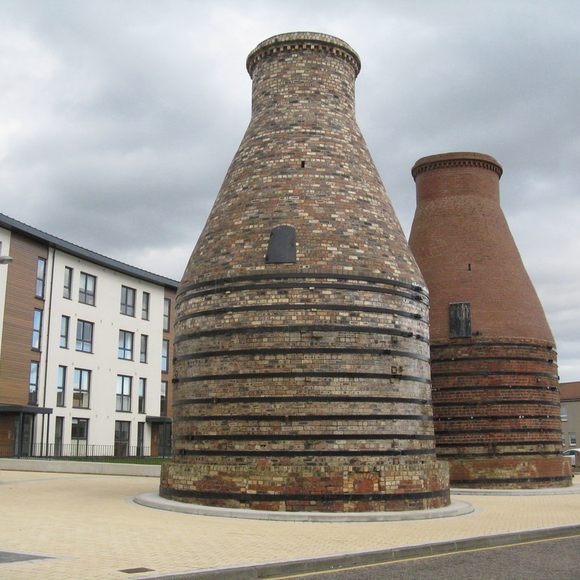


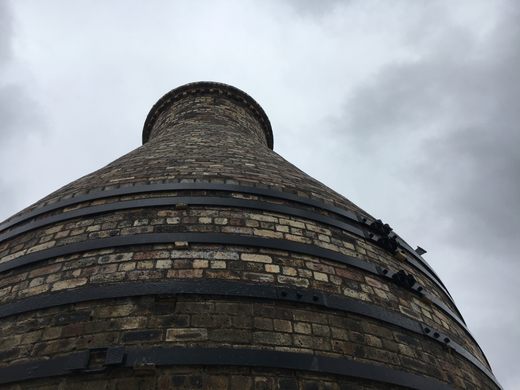






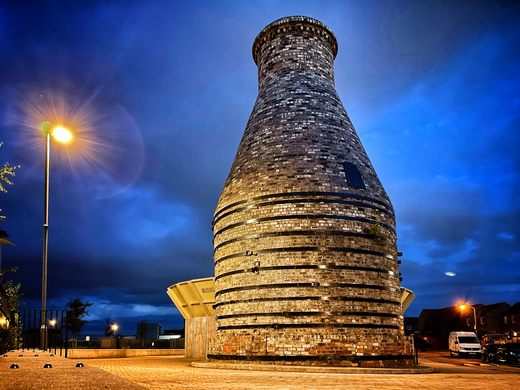
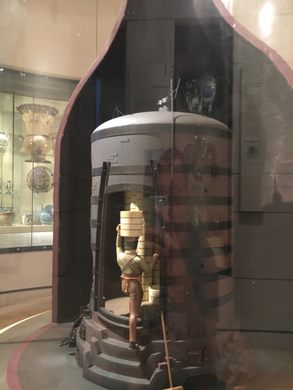










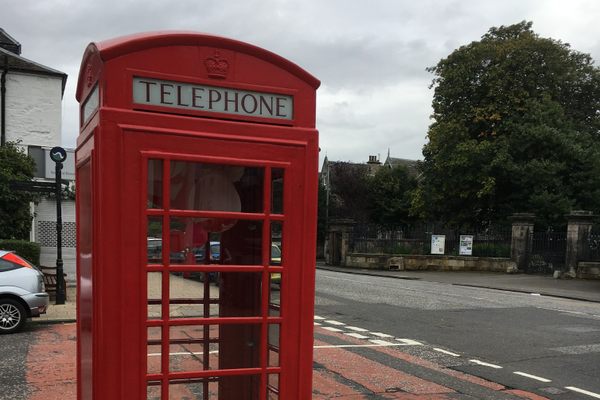


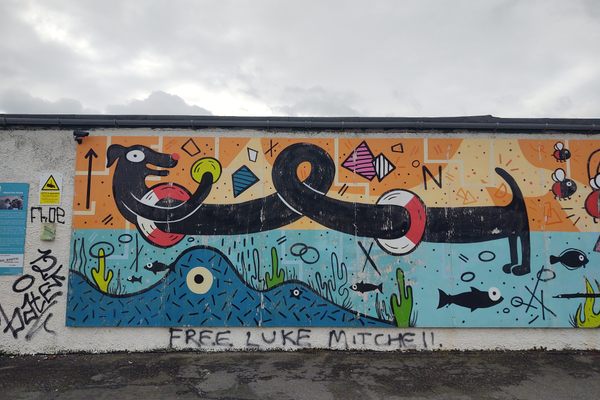
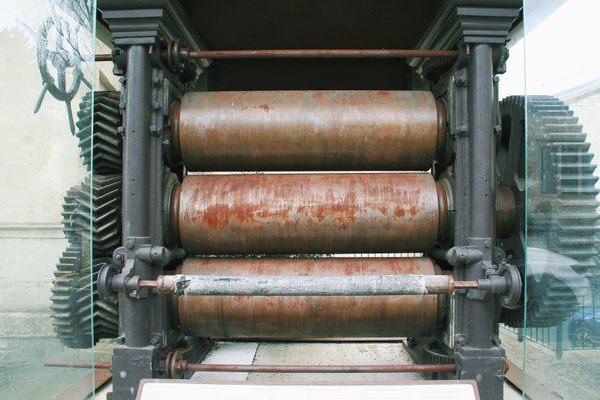




Follow us on Twitter to get the latest on the world's hidden wonders.
Like us on Facebook to get the latest on the world's hidden wonders.
Follow us on Twitter Like us on Facebook